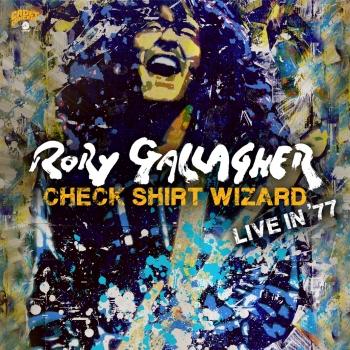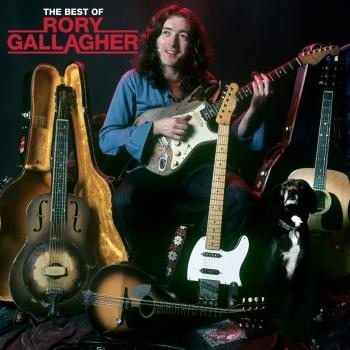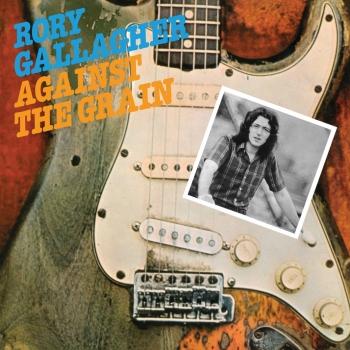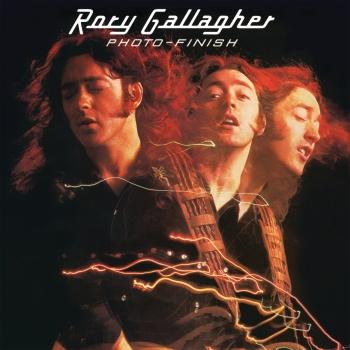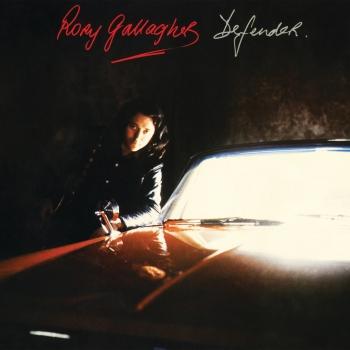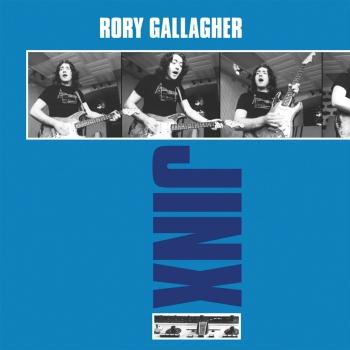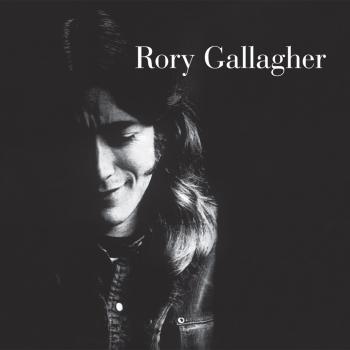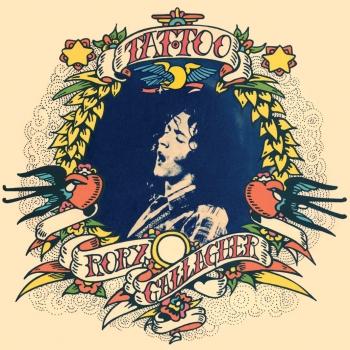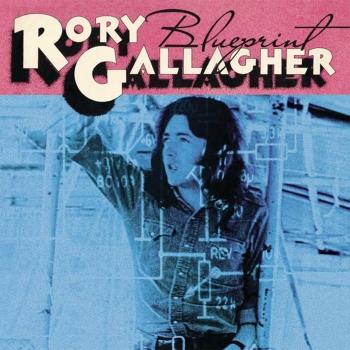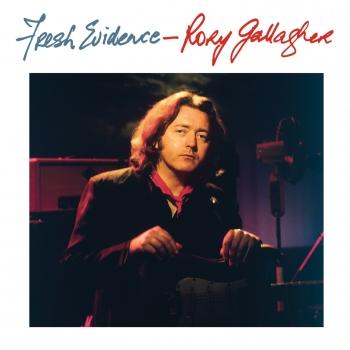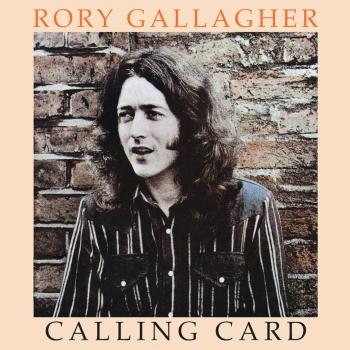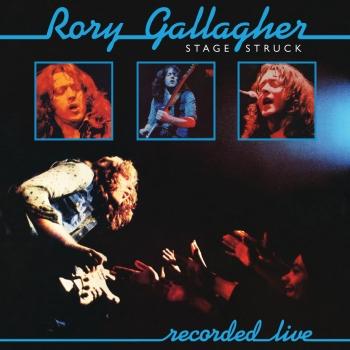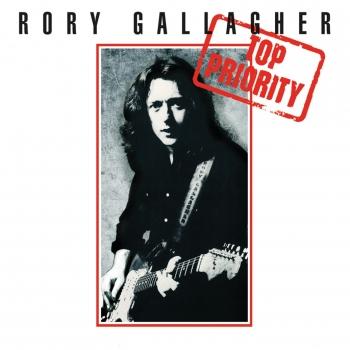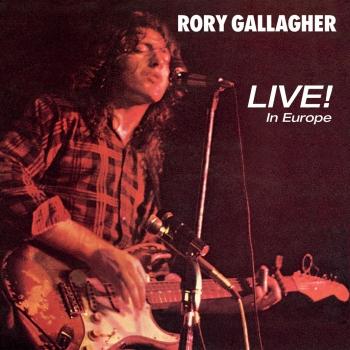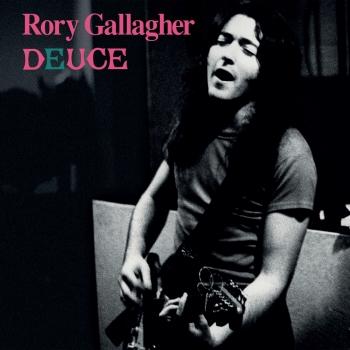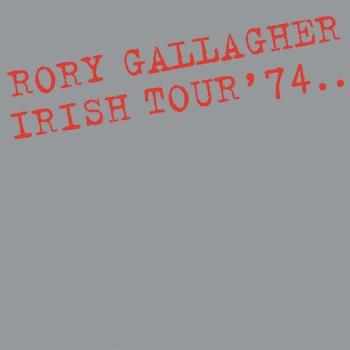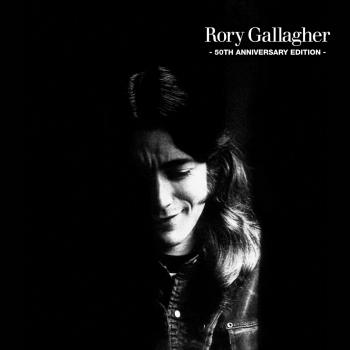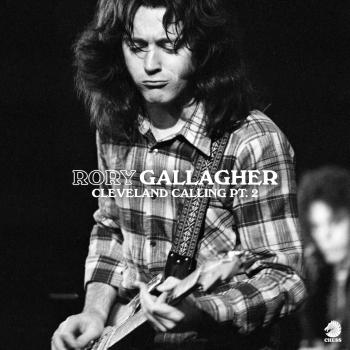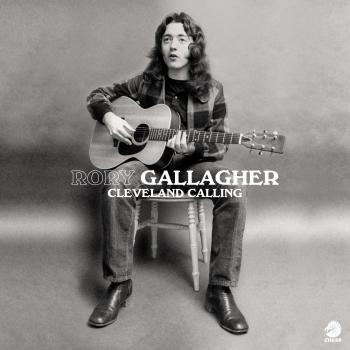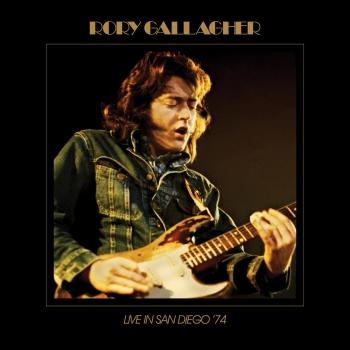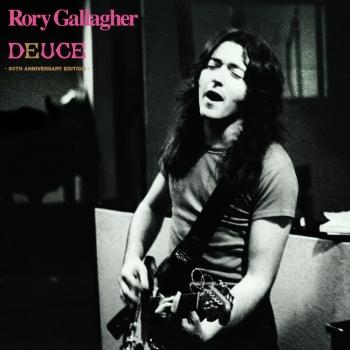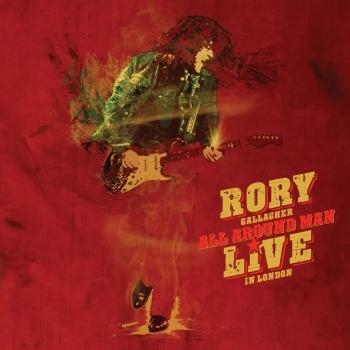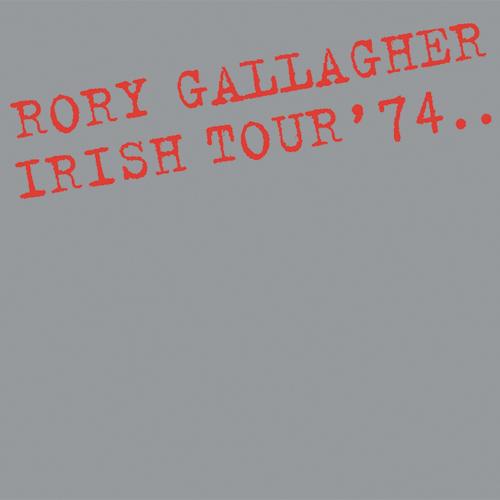
Irish Tour ‘74 (Remastered) Rory Gallagher
Album info
Album-Release:
2018
HRA-Release:
09.10.2020
Album including Album cover
I`m sorry!
Dear HIGHRESAUDIO Visitor,
due to territorial constraints and also different releases dates in each country you currently can`t purchase this album. We are updating our release dates twice a week. So, please feel free to check from time-to-time, if the album is available for your country.
We suggest, that you bookmark the album and use our Short List function.
Thank you for your understanding and patience.
Yours sincerely, HIGHRESAUDIO
- 1 Cradle Rock 07:36
- 2 I Wonder Who 07:54
- 3 Tattoo'd Lady 05:00
- 4 Too Much Alcohol 08:30
- 5 As The Crow Flies 05:48
- 6 A Million Miles Away 09:33
- 7 Walk On Hot Coals 11:27
- 8 Who's That Coming? 10:04
- 9 Back On My Stompin' Ground (After Hours) 05:18
- 10 Just A Little Bit 08:38
Info for Irish Tour ‘74 (Remastered)
Irish Tour '74 is the sixth album by Rory Gallagher. It is a live album compiled from performances during Gallagher's Irish Tour in January 1974. The source concerts were recorded at Belfast Ulster Hall, Dublin Carlton Cinema and Cork City Hall using Ronnie Lane's Mobile Studio. "Back on My Stompin' Ground (After Hours)" was recorded from a jam session during the tour. Irish Tour '74 has sold in excess of two million copies worldwide. An article in a Belfast daily newspaper stated: "Rory Gallagher never forgot Northern Ireland, he returned throughout the '70s when few other artists of his calibre dared come near the place."
“Considered by blues rock guitarist, Joe Bonamassa, to be one of the most influential live albums of all time, “Irish Tour '74” was recorded at Belfast Ulster Hall, Dublin Carlton Cinema and Cork City Hall during the height of ‘The Troubles’. Released 21st July 1974. Irish Tour '74 has sold in excess of two million copies worldwide. Classic Rock Magazine hailed it as “easily among the best 10 live albums in the history of rock.” This 2012 remaster used the original vinyl artwork and 1/4" tapes so that they look and sound exactly as Rory intended. The reissue CD liner notes capture the excitement of the Belfast concert; "Two thousand people were overjoyed as Gallagher - a native of Cork, Southern Ireland - took to the Ulster Hall just 24 hours after the city had witnessed its biggest bomb blast during a night of at least 10 explosions."
Gallagher never enjoyed going into the studio to make records. Playing to a live audience was essential, he thought, to get the real energy needed for the kind of music he wanted to play. The members of his band felt the same way. Speaking about the Irish tour album keyboardist Lou Martin said "Albums were always done in a rush because we were on the road so much, and then we’d come back to London and it could be two weeks – like Blueprint was done in two weeks – and that is ridiculous,... but Irish Tour was an absolute highlight,... the band came to fruition in the Calling Card days, by that time we were well seasoned … everybody knew everybody else’s style of playing... The studio was not the best environment for recording. He wasn’t at his most comfortable or happiest, I mean a lot of people really adapted to it really well like The Allman Brothers or Little Feat. With Rory, if he didn’t have somebody to look at then he couldn’t feed off the energy. That’s why Irish Tour is such a good bloody album because it was recorded live, he got the crowd there with him singing along and sort of like urging him along… without the presence of an audience the recording process for Rory was a bit of a strain"
Gallagher's 1974 tour of Ireland coincided with one of the most tumultuous times in Belfast. Violence from IRA was erupting throughout the city even at rock concerts. As a result, most rock acts refused to play in the city.[5] The day before Gallagher's scheduled concert in Belfast ten bombs went off at various locations around the city. Everyone expected Gallagher to cancel as all the other big names had but he went on with the concert and was rewarded with one of his best shows. A local Belfast journalist writing to describe the concert and the feeling said:
I've never seen anything quite so wonderful, so stirring, so uplifting, so joyous as when Gallagher and the band walked on stage. The whole place erupted, they all stood and they cheered and they yelled, and screamed, and they put their arms up, and they embraced. Then as one unit they put their arms into the air and gave peace signs. Without being silly, or overemotional, it was one of the most memorable moments of my life. It all meant something, it meant more than just rock n' roll, it was something bigger, something more valid than just that.
"The companion piece to director Tony Palmer's documentary of the same name, Irish Tour was recorded in January 1974 in Belfast, Dublin, and Cork at a time when precious few performers -- Irish or otherwise -- were even dreaming of touring the trouble-torn island. Northern Ireland, in particular, was a rock & roll no-go area, but Gallagher never turned his back on the province and was rewarded with what history recalls as some of his best-ever gigs. Irish Tour, in turn, captures some of his finest known live recordings and, while it's impossible to tell which songs were recorded where, across nine in-concert recordings (plus one after-hours jam session, "Back on My Stompin' Ground"), the energy crackling from stage to stalls and back again packs an intensity that few live albums -- Gallagher's others among them -- can match. Highlights of a stunning set include dramatic takes on Muddy Waters' "I Wonder Who" and Tony Joe White's "As the Crow Flies," a raw acoustic rendering that is nevertheless totally electrifying. A frustratingly brief snip of the classic Shadows-style "Maritime" (aka "Just a Little Bit") plays the album out in anthemic style and then, of course, there's "Walk on Hot Coals," a marathon excursion that posterity has decreed Gallagher's most popular and accomplished statement -- a status that Irish Tour does nothing to contradict. It's foolish playing favorites, however. Even more than Gallagher's earlier Live in Europe album from 1972, Irish Tour confirms Gallagher not simply as the greatest bluesman Ireland ever knew, but as one of the island's greatest-ever performers." (Dave Thompson, AMG)
Rory Gallagher, vocals, guitar, harmonica
Gerry McAvoy, bass
Lou Martin, RMI Electra piano
Rod de'Ath, drums
Digitally remastered
Rory Gallagher
After a career cut short by illness and a premature death, guitarist, singer, and songwriter Rory Gallagher left his mark in the blues and rock worlds. His hard-charging, intensely rhythmic playing style on his 1961 Stratocaster still casts a long shadow over rock & roll: Queen's Brian May imitated not only his playing but his gear early on; he credits Gallagher with the root of his sound. Eric Clapton said it was Gallagher who got him "back into the blues." Johnny Marr acknowledges a great debt as well: After learning how to play the guitarist's classic Deuce album track-for-track at 13, he revealed Gallagher's influence throughout his career. Marr also said that he received mentorship and advice on his conduct on-stage and off. Even U2's the Edge and Slash sing his praises and credit his influence. While Gallagher didn't tour the U.S. very often, he lived on the stages of Europe. But he was well-known on Yankee shores for his marathon-length, no-holds-barred live shows at clubs and theaters across North America. While never a major presence on radio in the United States, Gallagher nonetheless racked up a handful of semi-hit singles with "Laundromat," "I Walk on Hot Coals," "Shadow Play," and "Philby," as well as a slew of acclaimed albums from 1971's Deuce and the remarkable Irish Tour in 1974, through Calling Card in 1976 and Top Priority in 1979. Even after the hits, Gallagher continued to pump out high-quality albums including 1982's Jinx and 1990's Fresh Evidence. Even after his accidental death on an operating table in 1995, Gallagher continued to win over new fans and influence artists of many stripes, including the mystery writer Ian Rankin, who created a posthumous compilation called The Continental Op in 2013 comprised of the guitarist's many songs about spies and suspense.
Gallagher was born in Ballyshannon, County Donegal, Irish Republic, on March 2, 1948. Shortly after his birth, his family moved to Cork City in the south, and at age nine he became fascinated with American blues and folk singers he heard on the radio. An avid record collector, he had a wide range of influences, including Leadbelly, Buddy Guy, Freddie King, Albert King, Muddy Waters, and John Lee Hooker. Gallagher would always try to mix some simple country blues songs into his recordings.
He began his recording career after moving to London, when he formed a trio called Taste. The group's self-titled debut album was released in 1969 in England and later picked up for U.S. distribution by Atco/Atlantic. Between 1969 and 1971, with producer Tony Colton behind the board, Gallagher recorded three albums with Taste before they split up. He began performing under his own name in 1971, releasing his 1970 debut, Rory Gallagher, for Polydor Records in the U.K. The album was picked up for U.S. distribution by Atlantic, and later that year he recorded Deuce, also released by Atlantic in the U.S.
His prolific output continued, as he followed up Deuce with Live in Europe (1972) and Blueprint and Tattoo, both in 1973. Irish Tour 1974, like Live in Europe, did a good job of capturing the excitement of his live shows on tape, and he followed that with Calling Card for Chrysalis in 1976, and Photo Finish and Jinx for the same label in 1978 and 1982. By this point, Gallagher had made several world tours, and he took a few years of rest from the road. He got back into recording and performing live again with the 1987 release (in the U.K.) of Defender. His last album, Fresh Evidence, was released in 1991 on the Capo/I.R.S. label. Capo was his own record and publishing company that he set up in the hopes of eventually exposing other great blues talents.
Some of Gallagher's best work on record wasn't under his own name; it's music he recorded with Muddy Waters on The London Sessions (Chess, 1972) and with Albert King on Live (RCA/Utopia, 1977). Gallagher made his last U.S. tours in 1985 and 1991, and admitted in interviews that he'd always been a guitarist who fed off the instant reaction and feedback a live audience can provide. In a 1991 interview, he said: "I try to sit down and write a Rory Gallagher song, which generally happens to be quite bluesy. I try to find different issues, different themes and different topics that haven't been covered before...I've done songs in all the different styles...train blues, drinking blues, economic blues. But I try to find a slightly different angle on all these things. The music can be very traditional, but you can sort of creep into the future with the lyrics."
Gallagher passed away from complications after a liver transplant on June 14, 1995, at age 47. In 2019, to mark what would have been Gallagher's 50th year of recording, his estate released the four-disc anthology Blues, featuring rare and unreleased recordings from the '70s to the '90s. (Richard Skelly, AMG)
This album contains no booklet.















